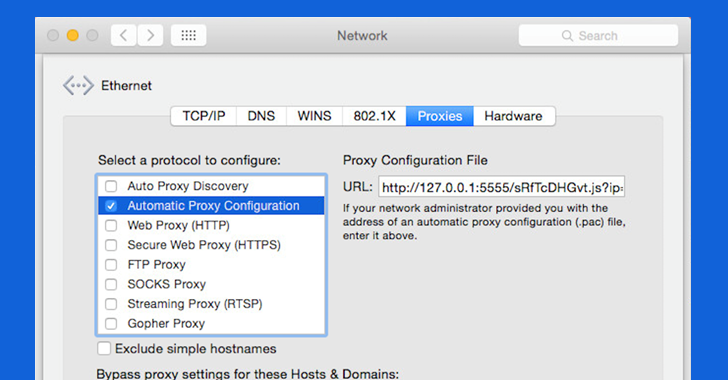After releasing 10 back-to-back episodes of the Season 5 premiere of Netflix’s “Orange Is the New Black,” a hacking group calling itself The Dark Overlord is threatening to leak a trove of other unreleased TV shows and movies.
The Dark Overlord (TDO) posted links to the first 10 episodes of the upcoming season of “Orange Is the New Black” show to a piracy website after Larson Studios and Netflix failed to fulfill the group’s ransom demand.
According to Netflix’s website, the season 5 of “Orange Is the New Black” show is scheduled to debut June 9 and supposed to run 13 episodes. But TDO claimed that only the first 10 episodes were available at the time the group gained access to the show.
On Saturday, the group headed on to Twitter and posted links to a Pastebin page, GitHub profile, and the Pirate Bay torrent site sharing Episode 1 of “Orange Is The New Black” season 5 show.
At the time of writing, the Pastebin (web archive) and GitHub links went down, but the Pirate Bay torrent file remained up, and users have downloaded and shared its content.
10 out of 13 “Orange Is The New Black” Season 5 Episodes Leaked Online
Following the release of Episode 1, TDO posted links to Pastebin and a second torrent file, hosted on The Pirate Bay, which includes episodes 2 through 10 of the season 5 of “Orange Is The New Black.”
According to the Pastebin post, the group released 10 episodes of the show because Netflix didn’t pay a ransom demand.
Here’s what the TDO’s statement posted on Pastebin (web archive) stated:
“It didn’t have to be this way, Netflix. You’re going to lose a lot more money in all of this than what our modest offer was. We’re quite ashamed to breathe the same air as you. We figured a pragmatic business such as yourselves would see and understand the benefits of cooperating with a reasonable and merciful entity like ourselves. And to the others: there’s still time to save yourselves. Our offer(s) are still on the table – for now.”
In an interview with the DataBreaches.net, the hacking group revealed it managed to steal “hundreds of GBs [gigabytes] of unreleased and non-public media” from the servers of Larson Studios, an ADR (additional dialogue recorded) studio based in Hollywood in late 2016.
The Dark Overlord Demanded 50 BTC
While the group did not reveal its attack method nor how much ransom it demanded, according to a copy of a contract allegedly signed between TDO and Larson, the hacking group asked for 50 BTC ($70,422) by January 31.
But after the studio stopped responding to the group’s email requests in January, TDO turned to Netflix, which also did not pay the ransom either, eventually forcing the group to release the first 10 episodes of season 5 of “Orange Is The New Black” after two months.
Netflix said in a statement that it was “aware of the situation. A production vendor used by several major TV studios had its security compromised, and the appropriate law enforcement authorities are involved.”
The Dark Overlord Threatens to Leak More Shows to the Internet
After releasing all the 10 episode of the unreleased show, TDO threatened to leak other unreleased shows and movies from several other studios in its possession.
The Dark Overlord tweeted: “Who is next on the list? FOX, IFC, NAT GEO, and ABC. Oh, what fun we’re all going to have. We’re not playing games anymore.”
The hacking group provided a list of unreleased shows and movies (some are released on their scheduled date) it stole from different studios, which includes:
- A Midsummers Nightmare – TV Movie
- Bill Nye Saves The World – TV Series
- Breakthrough – TV Series
- Brockmire – TV Series
- Bunkd – TV Series
- Celebrity Apprentice (The Apprentice) – TV Series
- Food Fact or Fiction – TV Series
- Hopefuls – TV Series
- Hum – Short
- It’s Always Sunny in Philadelphia – TV Series
- Jason Alexander Project – TV Series
- Liza Koshy Special – YoutubeRed
- Lucha Underground – TV Series
- Lucky Roll – TV Series
- Making History ) – TV Series
- Man Seeking Woman – TV Series
- Max and Shred – TV Series
- Mega Park – TV Series
- NCIS Los Angeles – TV Series
- New Girl – TV Series
- Orange Is The New Black – TV Series
- Portlandia – TV Series
- Steve Harveys Funderdome – TV Series
- Story of God with Morgan Freeman – TV Series
- Superhuman – TV Series
- The Arrangement – TV Series
- The Catch – TV Series
- The Middle – TV Series
- The Stanley Dynamic – TV Series
- The Thundermans – TV Series
- Undeniable with Joe Buck – TV Series
- X Company – TV Series
- Above Suspicion – Film
- Handsome – Film
- Rebel In The Rye – Film
- Win It All – Film
- XXX Return of Xander Cage – Film
The Dark Overlord is a known hacking group that was responsible for cyber attacks on Gorilla Glue and Little Red Door, an Indiana Cancer Services agency. The group also put 655,000 healthcare records lifted from 3 separate data breaches up for sale on the dark web.
via: thehackernews







